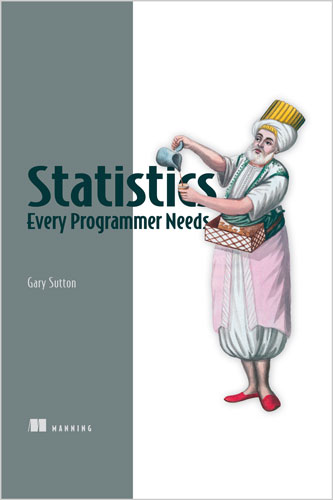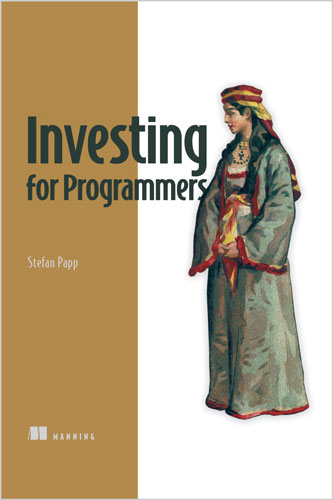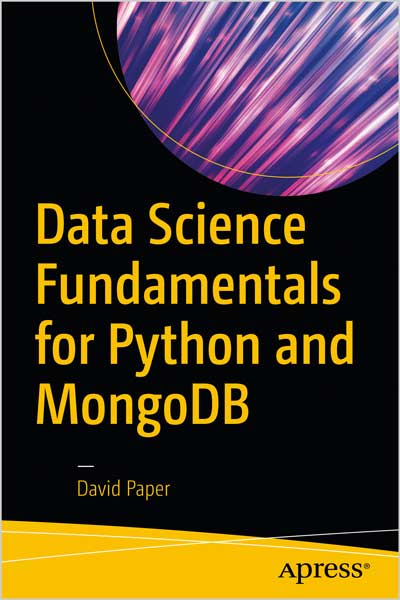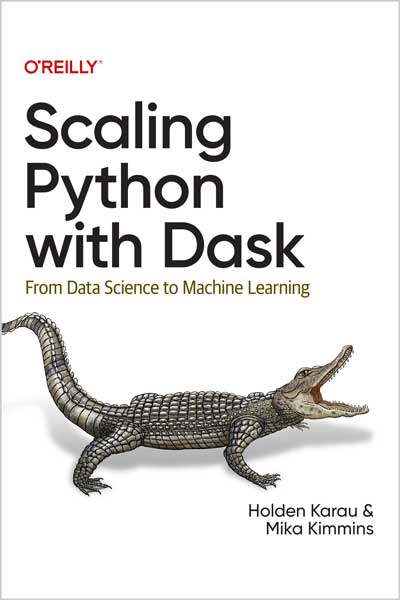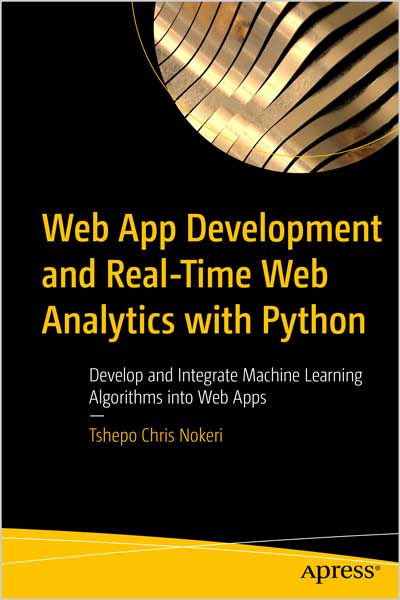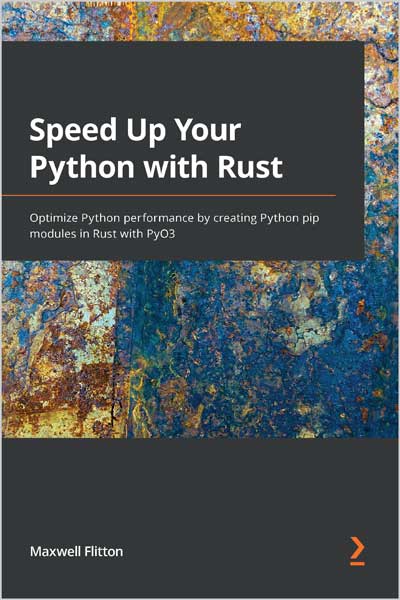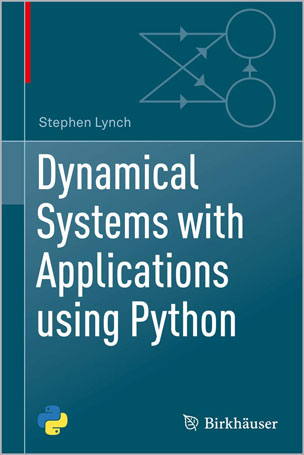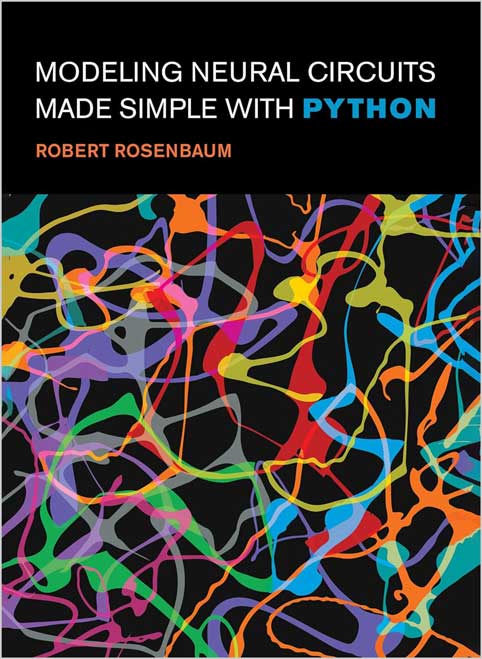Scientific Computing and Data Science Applications with Numpy, SciPy and Matplotlib
Robert Johansson
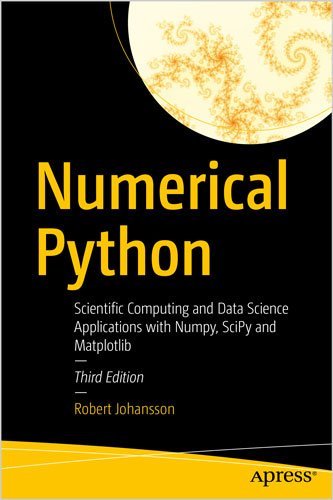
#Numerical
#Python
#Computing
#Data
#Numpy
#SciPy
#Matplotlib
#Cython
#Numba
#Statistics
این کتاب به شما میآموزد چگونه از قابلیتهای Scientific Computing و Data Analysis در زبان برنامهنویسی Python، کتابخانه استاندارد آن و بستههای عددی متنباز محبوبی مانند NumPy، SymPy، SciPy، matplotlib و دیگر ابزارهای مشابه بهرهمند شوید.
در این کتاب، مدلسازی ریاضی و حل مسائل علمی با بهرهگیری از روشهای عددی (Numerical)، نمادین (Symbolic) و تصویری (Visualization) بهصورت گامبهگام آموزش داده میشود. همچنین کاربردهای این روشها در حوزههایی نظیر علوم پایه، مهندسی، تحلیل داده و سایر زمینههای تخصصی مورد بررسی قرار میگیرد.
کتاب Numerical Python (ویرایش سوم) شامل مجموعهای از مطالعات موردی (Case Studies) در زمینه محاسبات علمی پایه، علوم داده و آمار است. این نسخه بازنگریشده، مطابق با جدیدترین نسخههای کتابخانههای مورد استفاده، نشان میدهد که چگونه زبان Python با نحو (Syntax) ساده و سطحبالای خود، همراه با کتابخانههای قدرتمند محاسباتی، ابزاری کارآمد برای توسعه سریع و محاسبات اکتشافی محسوب میشود.
پس از مطالعه این کتاب، خواننده با تکنیکهای مختلف محاسباتی آشنا خواهد شد، از جمله:
- محاسبات آرایهمحور و نمادین
- بصریسازی داده و ورود/خروج فایلهای عددی
- حل معادلات، بهینهسازی، درونیابی و انتگرالگیری
- حل مسائل محاسباتی تخصصی مانند معادلات دیفرانسیل، تحلیل داده، مدلسازی آماری و یادگیری ماشین
آنچه در این کتاب خواهید آموخت:
- کار با بردارها و ماتریسها با استفاده از NumPy
- بررسی محاسبات نمادین با SymPy
- رسم نمودار و بصریسازی دادهها با Matplotlib
- انجام وظایف تحلیل داده با Pandas و SciPy
- درک مدلسازی آماری و یادگیری ماشین با statsmodels و scikit-learn
- بهینهسازی کدهای پایتون با استفاده از Numba و Cython
مخاطبان این کتاب:
توسعهدهندگانی که میخواهند با نحوه استفاده از پایتون و اکوسیستم کتابخانههای آن برای محاسبات علمی و تحلیل داده آشنا شوند.
Learn how to leverage the scientific computing and data analysis capabilities of Python, its standard library, and popular open-source numerical Python packages like NumPy, SymPy, SciPy, matplotlib, and more. This book demonstrates how to work with mathematical modeling and solve problems with numerical, symbolic, and visualization techniques. It explores applications in science, engineering, data analytics, and more.
Numerical Python, Third Edition, presents many case study examples of applications in fundamental scientific computing disciplines, as well as in data science and statistics. This fully revised edition, updated for each library's latest version, demonstrates Python's power for rapid development and exploratory computing due to its simple and high-level syntax and many powerful libraries and tools for computation and data analysis.
After reading this book, readers will be familiar with many computing techniques, including array-based and symbolic computing, visualization and numerical file I/O, equation solving, optimization, interpolation and integration, and domain-specific computational problems, such as differential equation solving, data analysis, statistical modeling, and machine learning.
What You'll Learn
- Work with vectors and matrices using NumPy
- Review Symbolic computing with SymPy
- Plot and visualize data with Matplotlib
- Perform data analysis tasks with Pandas and SciPy
- Understand statistical modeling and machine learning with statsmodels and scikit-learn
- Optimize Python code using Numba and Cython
Who This Book Is For
Developers who want to understand how to use Python and its ecosystem of libraries for scientific computing and data analysis.
Table of Contents
Chapter 1: Introduction to Computing with Python
Chapter 2: Vectors, Matrices, and Multidimensional Arrays
Chapter 3: Symbolic Computing
Chapter 4: Plotting and Visualization
Chapter 5: Equation Solving
Chapter 6: Optimization
Chapter 7: Interpolation
Chapter 8: Integration
Chapter 9: Ordinary Differential Equations
Chapter 10: Sparse Matrices and Graphs
Chapter 11: Partial Differential Equations
Chapter 12: Data Processing and Analysis
Chapter 13: Statistics
Chapter 14: Statistical Modeling
Chapter 15: Machine Learning
Chapter 16: Bayesian Statistics
Chapter 17: Signal Processing
Chapter 18: Data Input and Output
Chapter 19: Code Optimization
About the Author
Robert Johansson is an experienced Python programmer and computational scientist with a Ph.D. in Theoretical Physics from Chalmers University of Technology, Sweden. He has worked with scientific computing in academia and industry for over 15 years and participated in open source and proprietary research and development projects. His open-source contributions include work on QuTiP, a popular Python framework for simulating the dynamics of quantum systems, and he has also contributed to several other popular Python libraries in the scientific computing landscape. Robert is passionate about scientific computing and software development, teaching and communicating best practices for combining these fields with optimal outcomes: novel, reproducible, extensible, and impactful computational results.

